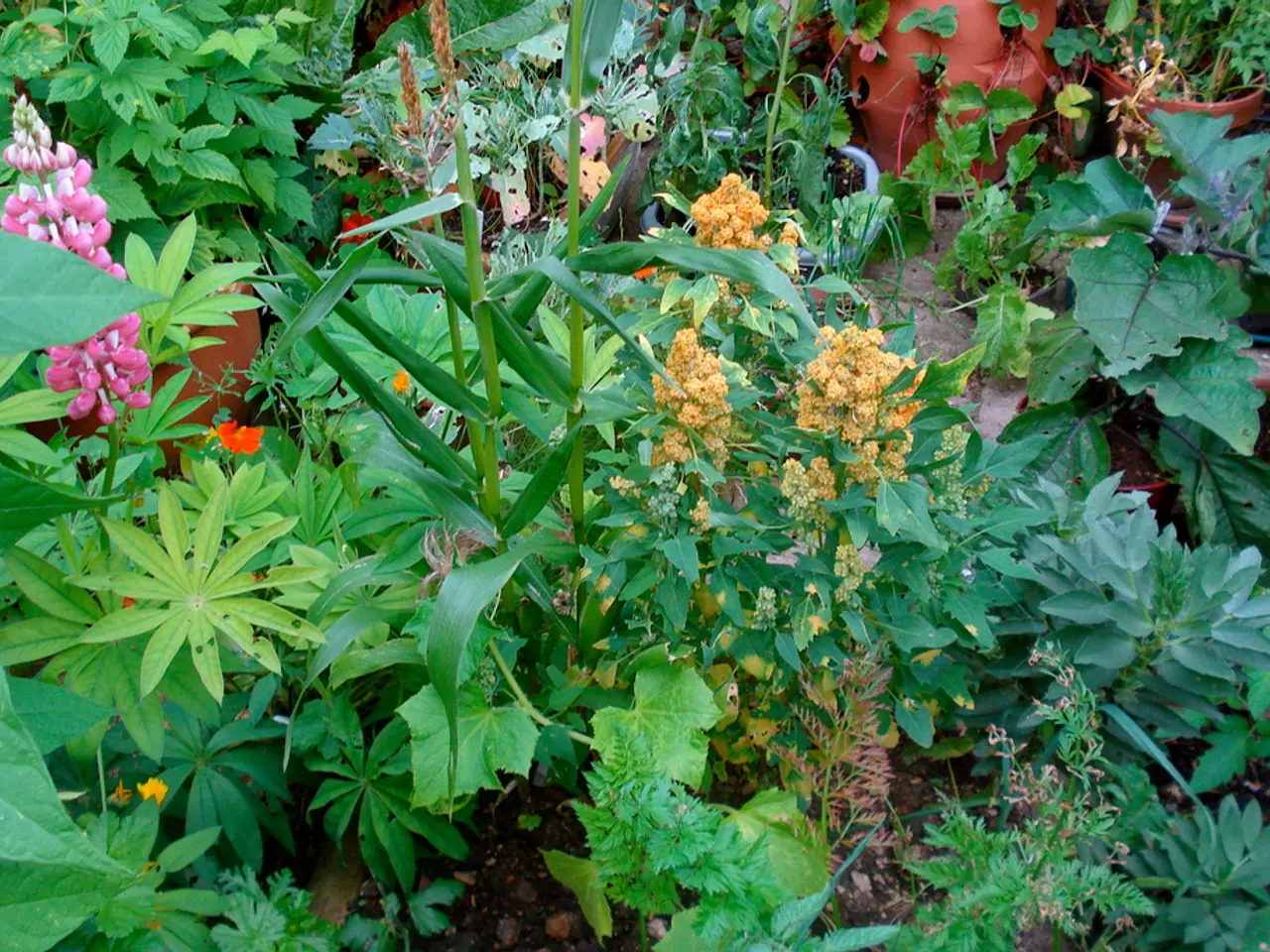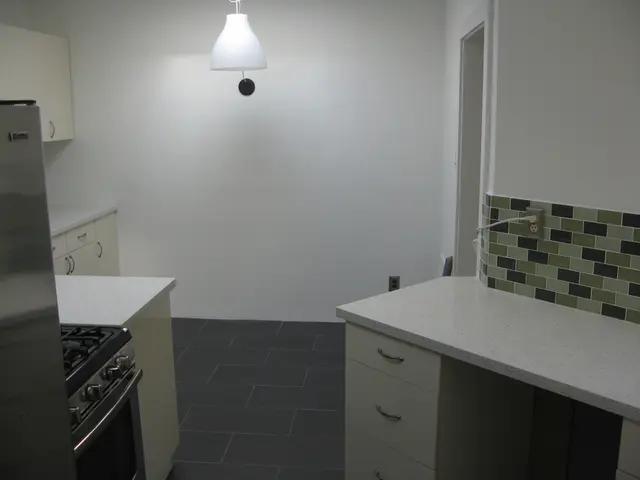Caring for Your Peace Lily: A Horticulturalist Reveals Signs When It's Unhappy
Caring for Your Peace Lily: A Guide to Nurturing Your Indoor Mood Booster
The peace lily, a popular choice for indoor plants, is not only a beautiful addition to any home but also a mood booster. Known scientifically as Spathiphyllum wallisii, this plant thrives with the right care and attention.
Light
Bright, indirect light is best to promote healthy growth and blooming. South-, East-, or North-facing windows work well. Peace lilies tolerate low light but bloom less, and direct sun should be avoided as it can scorch the leaves.
Temperature
Ideal indoor temperatures range from about 20–28°C (68–82°F). Growth slows below 15°C, and exposure to temperatures near or below 7°C can cause chilling injury. Avoid cold drafts and extreme temperature fluctuations.
Humidity
Peace lilies are tropical and prefer high humidity. Regular misting or keeping the plant in a humid environment supports leaf health and prevents brown leaf tips caused by dry air.
Watering
Keep soil consistently moist but not soggy. Water when the top 2–3 cm (or top inch) of soil feels dry; the plant’s leaves will droop when thirsty. Overwatering can cause root rot, while drying out stresses the plant. Using filtered or distilled water helps avoid leaf tip browning caused by chlorine or fluoride in tap water.
Growth rate
Peace lilies grow moderately and can bloom typically in spring and summer, sometimes year-round indoors with proper light and care. Mature plants handle lower light but may bloom less.
Pests
Common pests include aphids and spider mites. These can be controlled with neem oil sprays every 10 days as needed. General good care and hygiene help prevent infestations.
Additional care notes
Fertilize lightly every 2–3 months or every 4–6 weeks with diluted balanced liquid fertilizer; avoid over-fertilizing to prevent leaf burn and poor flowering. Repot every 1–2 years to replenish soil nutrients and refresh roots, which supports healthy growth and helps prevent drooping linked to nutrient depletion or root rot. Remove yellow or dead leaves promptly to maintain plant vigor.
When it comes to purchasing a peace lily, you have a few options. Fast Growing Trees offers a 6-Inch peace lily for $55.95, while Amazon stocks the Costa Farms Peace Lily for $19.99. Another option is available for $36.12, although no size is specified.
Overwatering can cause the peace lily to become limp, with leaves going yellow and brown, and the plant sacrificing them to maintain a balance of moisture. To water a peace lily, let the top 25% or so of the potting mix dry to the touch before watering again.
In summary, peace lilies thrive in bright indirect light, warm and humid environments, with consistently moist (not waterlogged) soil, occasional feeding, and pest monitoring to maintain their health and elegant blooms indoors. Cutting brown tips off a peace lily is optional and doesn't significantly affect the plant. With the right care, your peace lily can last between three to five years and grow up to 6 feet tall, making it a versatile and long-lasting indoor plant.
The color of a peace lily's leaves helps add an artful touch to any home, whether you place it in the living room or the kitchen, underlining your home-and-garden lifestyle. When the peace lily blooms, it can serve as a trendy centerpiece, adding a pop of color and natural elegance to your space. As the peace lily grows, it can reach heights of up to 6 feet tall, making it a long-lasting choice that can enhance the overall look and feel of your home interior decor.




